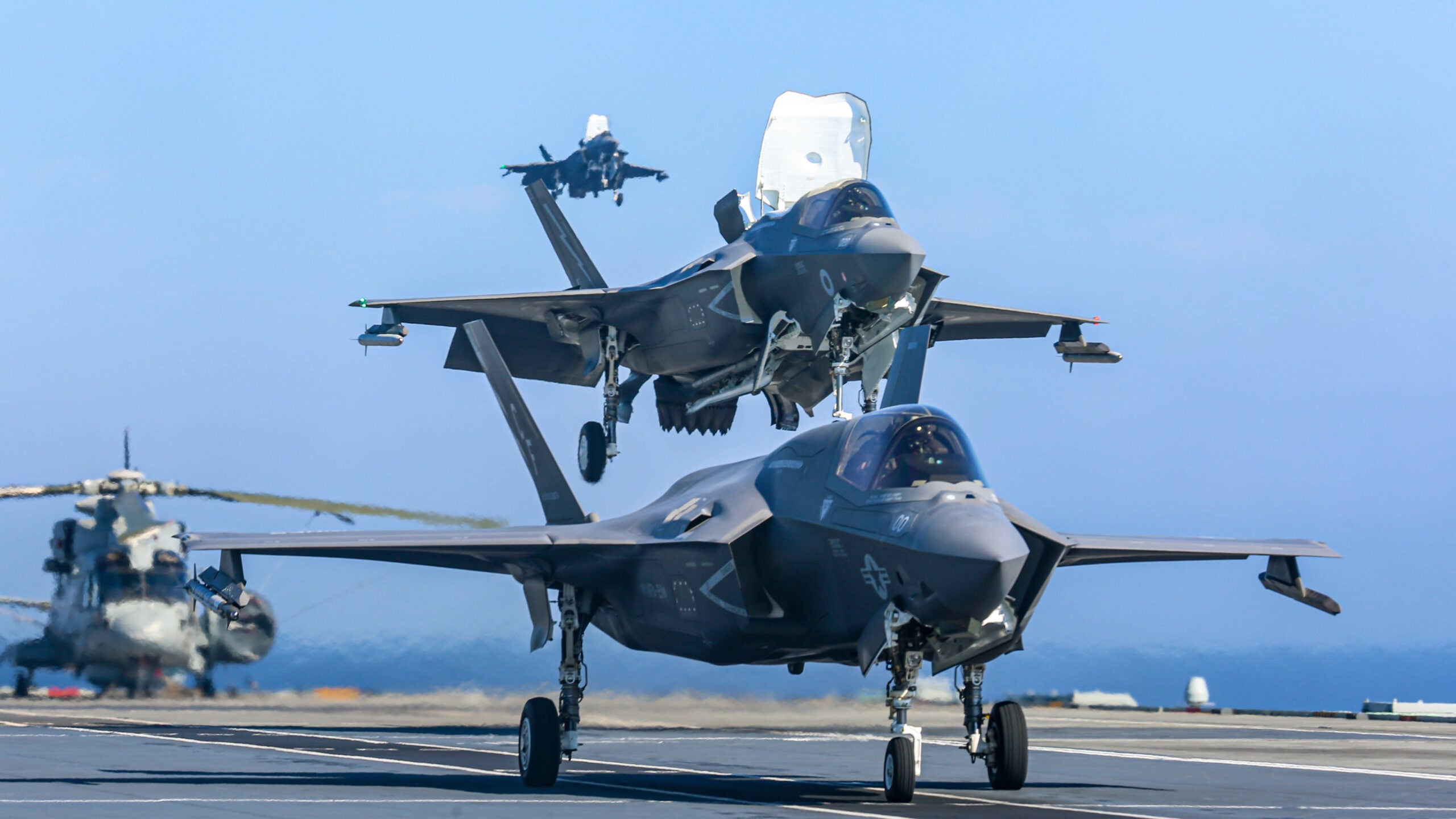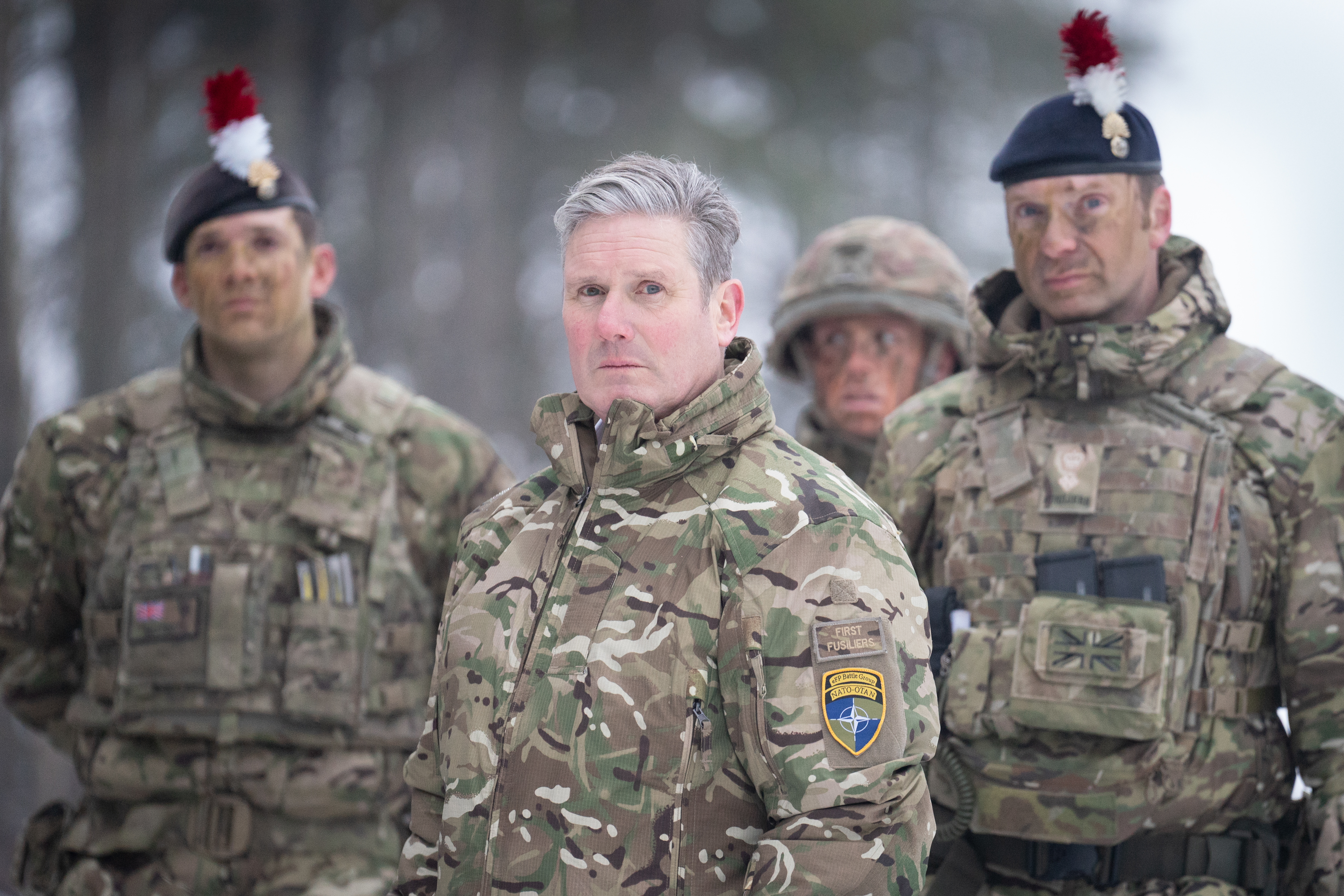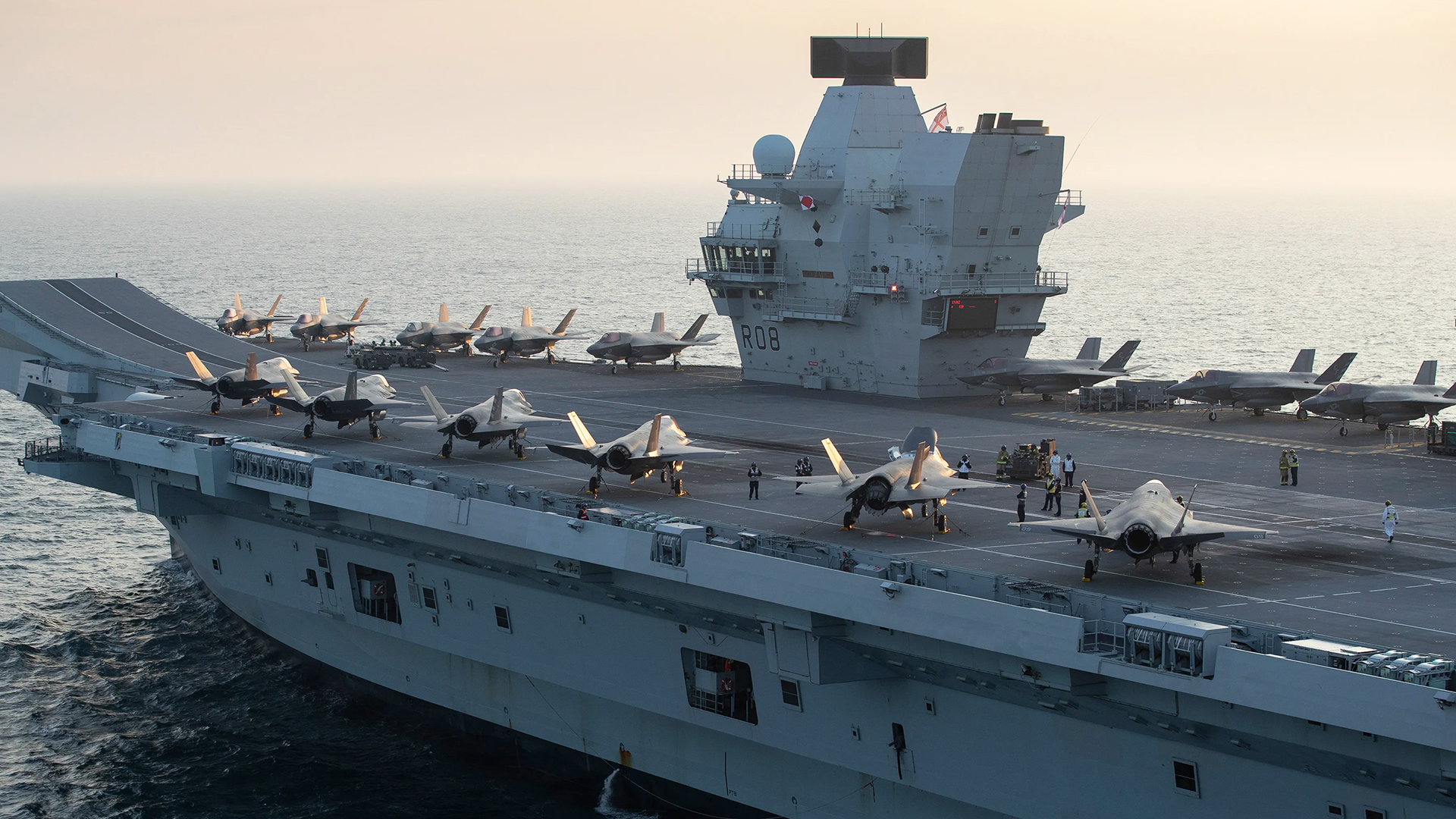Not for the first time, the commitment of the United Kingdom to the F-35B Lightning stealth fighter is under scrutiny, amid reports that the new government could make cuts to it as it grapples with financial woes. With the British government seemingly committed to the next-generation Tempest fighter, the ability to pay for two separate advanced combat aircraft programs is being questioned, while continued problems integrating new weapons on the F-35B also pose a threat to its long-term security.
Unnamed British defense sources have raised concerns to The Telegraph newspaper about a potential cut to the planned 138-aircraft F-35B fleet, of which so far firm orders have only been placed for 48. Of these, 34 have been delivered, while the previous Conservative government confirmed it was negotiating to buy another 27 for delivery by 2033.

Those same sources say that the new Labour government is struggling to find funds to pay for the short takeoff and vertical landing (STOVL) F-35Bs already committed to.
That the U.K. government in general faces major financial problems is hardly a secret.
Today, in his first major speech as British leader, Prime Minister Sir Keir Starmer warned that the government’s forthcoming budget will be “painful” and asked the country as a whole to “accept short-term pain for long-term good.”
Labour has said it faces a gap in public finances amounting to £22 billion (roughly $29 billion), which it says is a legacy of the previous Conservative government.

As TWZ has explored in the recent past, the unit cost of the F-35 is subject to regular change, as a result of inflation and other factors, as well as the specific version of the aircraft. There has also long been a debate about how best to calculate such prices in the first place. However, last Fall, the F-35 Joint Program Office told multiple outlets that the average unit price across all variants, including the aircraft’s F135 engines, and based on the latest production lots, was around $82.5 million. The F-35B is also consistently more expensive than the A and C versions. Unit prices could grow further for new production examples in the forthcoming Block IV configuration and the costs to operate and maintain F-35s have also been steadily trending upward for various reasons, as you can read more about in this past feature.
Ben Wallace, the last Conservative Secretary of State for Defense, also raised concerns about the cost of the F-35B fleet, which he described as being “unacceptably high.”
As the Labour government looks at ways of addressing that shortfall, the F-35B is widely being seen as a potential target.
Tobias Ellwood, who served as Parliamentary Under Secretary of State at the Ministry of Defense under the Conservatives, took to social media platform X yesterday to write:
“Cutting our F-35 fleet would put the U.K. in danger Increased global threats are already placing challenging demands on UK defense. Let’s remain committed to the original program and be better prepared for testing times ahead. Gathering storm clouds means we must come to terms with upgrading our defense posture.”
A member of the House of Lords, and the former Chief of General Staff of the British Army, Lord Dannat, meanwhile said:
“Given the huge investment already made in the Carrier Strike Group program it would be madness not to further invest and make sure we have enough aircraft with the right capability, otherwise the whole program could look like a white elephant.”
Lord Dannat identifies a major complicating factor in questions about the future of the U.K. F-35B, namely its central position in the carrier air wing of the U.K. Royal Navy’s two Queen Elizabeth class aircraft carriers. These warships are themselves an enormous investment and a highly prestigious symbol of British military power.
When questions about F-35B procurement have come up in the past, experts have been called in to determine just how many of the aircraft are needed to ensure that the United Kingdom can field a credible carrier air wing.

Speaking to the U.K. Parliament’s Defense Committee back in September 2020, Nick Childs, Senior Fellow for Naval Forces and Maritime Security at the International Institute for Strategic Studies, said he considered a number “significantly higher” than 48 F-35Bs would be required to meet the ambition of 24 jets available for the baseline Carrier Strike mission. Taking into account training and other demands, a figure of 60-70 jets would be reasonable, Childs contended.
In the past, there has also been unofficial speculation as to whether the United Kingdom might opt to switch a portion of its Lightning buy from the STOVL F-35B to the less expensive and, in some respects more capable conventional take-off and landing F-35A models, which boast superior range and payload. The current fiscal climate makes a split buy look much more unlikely, but it does show that the ability to embark on aircraft carriers is just one — albeit important — part of the U.K. F-35B’s mission spectrum.
Operating F-35Bs from land bases is just as critical for the U.K. Armed Forces, as evidenced by its combat debut in British hands, flying from RAF Akrotiri air base in Cyprus to strike Islamic State targets in Iraq and Syria in 2019. Currently, a land-based detachment of U.K. F-35Bs is defending Iceland for the first time under NATO’s air policing mission there.
At the same time, however, despite the achievements of the U.K. Lightning Force, the F-35B is still failing to meet certain operational targets.
In its last Infrastructure and Projects Authority (IPA) report, for 2022-23, in which the U.K. government provides a review of the status of major projects, the F-35B was flagged up with an amber rating. This means that, while successful completion is considered “feasible,” it remains the case that “significant issues already exist, requiring management attention.”
Meanwhile, a red rating was given to the SPEAR 3 precision-guided standoff munition, which is promised to bring a major leap in capability for the F-35B. A red rating indicates that the successful completion of that project is currently considered “unachievable.”

The next IPA report is expected to include a higher number of red ratings, according to reports, but it’s not clear whether the F-35B will be among them.
Interestingly, the IPA report for 2022-23 also gave a red rating to the Global Combat Air Program (GCAP), the overarching future air combat initiative at the heart of which is the Tempest crewed stealth fighter.
Like the total F-35B numbers, Sir Keir Starmer has so far failed to guarantee the future of the Tempest, as we have discussed in the past.
Proponents of the sixth-generation Tempest would point out that, while still to be built — a demonstrator is now under construction — the new fighter promises to be a sovereign product, meaning that the United Kingdom can integrate weapons and avionics, for example, as and when it wants, without relying on U.S. approval and assistance. While the U.S. military is still buying F-35s in large numbers, it too is working on a sixth-generation crewed fighter as well as a host of uncrewed assets and other capabilities to support it.

Simply put, the F-35 may be the most capable all-round fighter in service today, but it too will face obsolescence and the Tempest is the United Kingdom’s chance — perhaps its last one — to remain active in developing and building crewed fighters.
More fundamentally, plowing more funds into the F-35B will inevitably take money from the Tempest, which is a hugely ambitious — and expensive — undertaking itself.
As well as an all-new crewed fighter, incorporating stealth technologies, the Tempest will be developed alongside various new-generation air-launched weapons and drones, all of which bring their own elements of risk — as well as big costs. Extended development times and huge investments are inevitable. For this reason, it’s understandable that some in the U.K. government are asking whether the F-35B actually represents good value for the money over the long term.
Whether the answer to the United Kingdom’s future air power needs is the F-35B or the Tempest, or continued investment in both — albeit likely at a diminished level — will likely not be clear until the next Strategic Defense Review outlines the country’s military spending priorities. Clearly, however, the fiscal situation is strained and spending cuts, wherever they fall, are more likely than not.
Contact the author: thomas@thewarzone.com
